One of Europe’s largest engineering projects has finally drawn to a close. Once known as Crossrail, the $25 billion Elizabeth Line counts 10 new stations, 73 miles of tracks, and more than 900 miles of cable supplying the new subway line with power, lighting, and air-conditioning. It opened to much fanfare (June 04, 2022), but the behemoth project began 13 years ago—when a gigantic 500-foot-long machine bore through the subterrane beneath the capital.
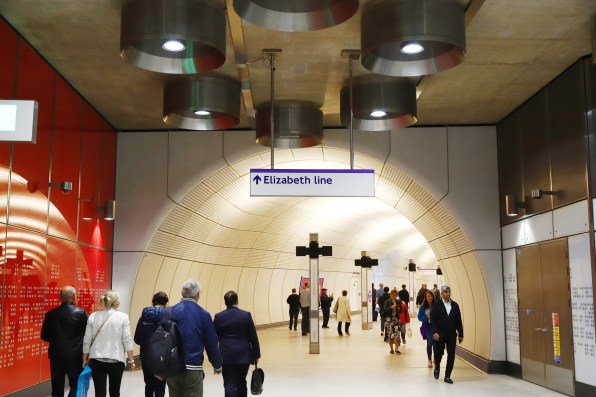
The Elizabeth Line is the biggest expansion to the London underground in more than a century. Five of the newly built stations are located in central London, each of them designed by renowned architects like Foster + Partners, WilkinsonEyre, and Aedas. Led by the city’s transit authority, Transport for London, it’s estimated to bring an additional 1.5 million people within a 45-minute commuting distance from London’s business centers.
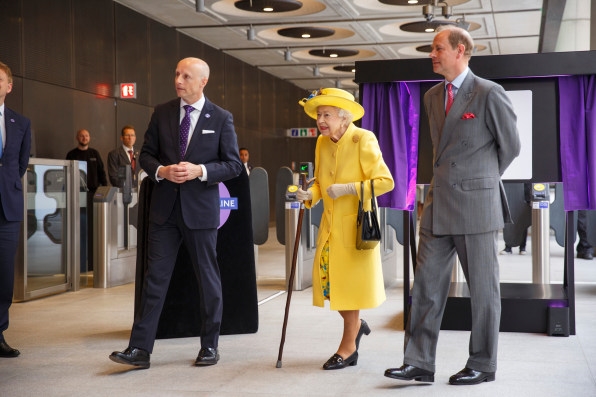
[Photo: Transportation for London/The Crossrail Project]
A new subway, however, is nothing without its tunnels. So for three years, eight tunnel-boring machines wound their way through the city’s existing subway network, sewers, utilities, and underground rivers. By 2015, these metal worms had created 26 miles of new tunnels—and excavated around 9 million tons of a waste material called spoil, a somewhat dry substance made of clay soil. More than 99% of that spoil was reused in and around London to cover up landfills and create Europe’s largest manmade nature reserve.
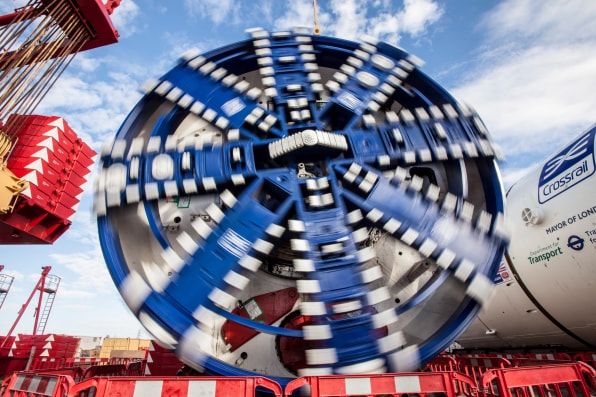
It’s not unusual for excavated soil from infrastructure projects to be reused for building projects, or even for construction materials to be reused when a building is demolished. In San Francisco, for example, the recently opened Battery Bluffs Park was built with reused soil collected from tunnel excavations next door.
But while a growing number of architects and developers are working on reusing materials, only a few countries—namely England, France, Australia, Canada, and Switzerland—have guidelines and incentives in place to support the practice.
Though it arrives four years behind schedule and $4 billion over budget, the Elizabeth Line is proof that when sustainability is on the agenda from the start, reusing material is possible no matter the scale.
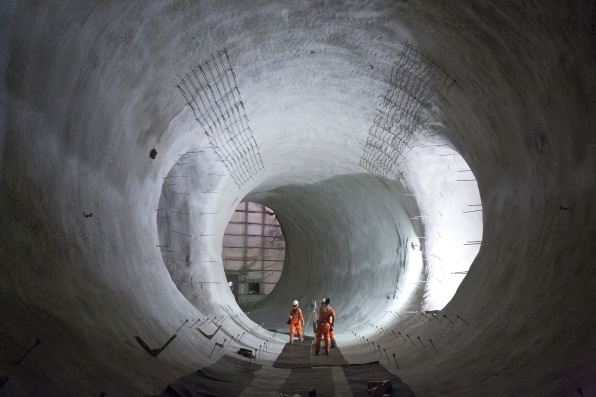
Like every engineering project of this scale, the Elizabeth Line called for a robust infrastructure network. It started with those tunnel-boring machines, each of which was named after historical London figures like computer scientist Ada Lovelace and painter Phyllis Pearsall.
Armed with a laser guidance system and rotating cutter head capable of loosening and filtering the spoil, the custom, cylindrical machines weighed 1,000 tons and measured almost 500 feet long, or the equivalent of 14 London buses end-to-end.
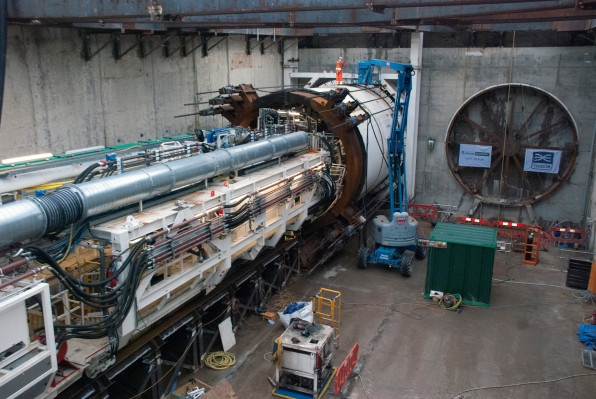
Like giant underground factories on wheels, each machine was set up so it could move the excavated material to the back of the cylinder and out of the tunnel via a conveyor belt. The spoil was then sent off in various directions: Some of it was used to cover up four landfills near London, and some was used to build a golf course.
But more than half—about 3 million tons—was shipped to Wallasea Island, in Essex, where it was repurposed for a 1,500-acre wildlife reserve.
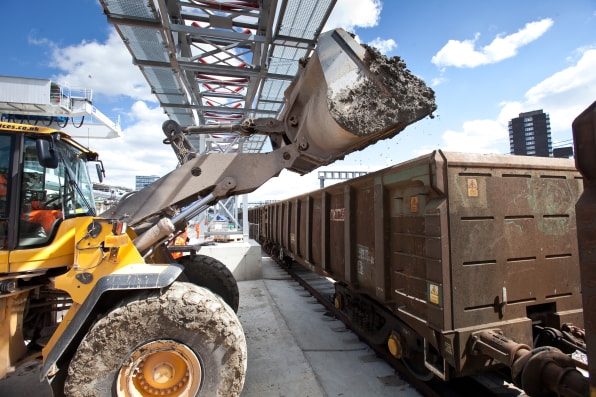
Wallasea welcomed the spoil with its own infrastructure. Once a natural habitat, the island was bulldozed flat 30 years ago to make room for wheat and rapeseed crops. But by 2010, the farmland had sunk more than 6 feet below sea level, and the surrounding seawall was under threat from increasing storm surges.
In 2010, Wallasea was acquired by the country’s largest nature conservation charity, the Royal Society for the Protection of Birds, which set out to bring the landscape back to what it was 400 years before that.
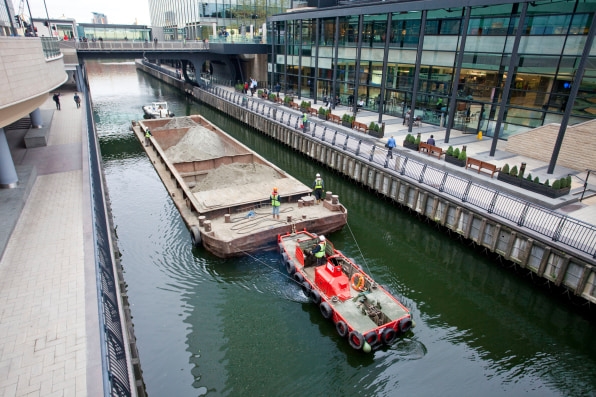
In 2012, the RSPB built a temporary pier to receive around 2,400 shiploads of spoil. The material was then loaded onto a 2,600-foot-long conveyor belt system.
At the end of the line, the material was lifted onto a radial stacker—a kind of crane that rotates and piles up stacks of spoil in a circle. From there, the material was picked up by trucks and dumped wherever it was needed around the island.
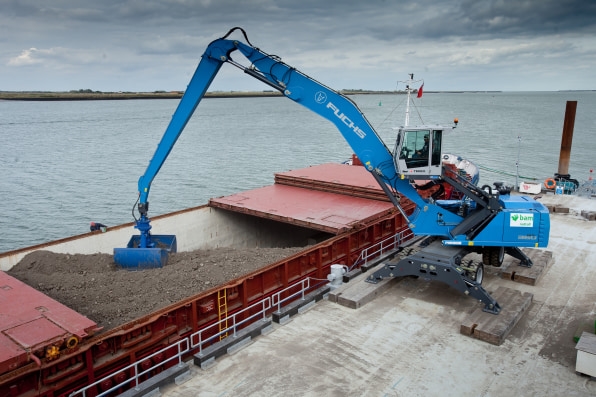
Over the next three years, the RSPB worked with several companies to model how the soil could be used around the island. The result: a raised labyrinth of salt marshes, mudflats, and shallow saline lagoons, but also natural flood protection for the British coastline, which has been threatened by rising sea levels for years.
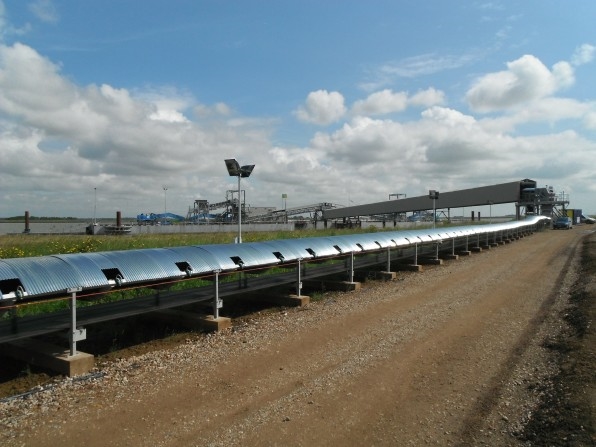
Today, Wallasea is home to an abundance of species, from invertebrates to migrating birds that come down in the winter. According to Rachel Fancy, a site manager at Wallasea Island, none of this could have happened without the excavated spoil from the Elizabeth Line.
“The other way would’ve been through different sluices and various concrete structures, which would’ve been fine but more expensive,” she says. (Though in the end, even 3 million tons weren’t enough to mold the island into the biodiverse haven that RSPB wanted, so they ended up using sluices as well.)
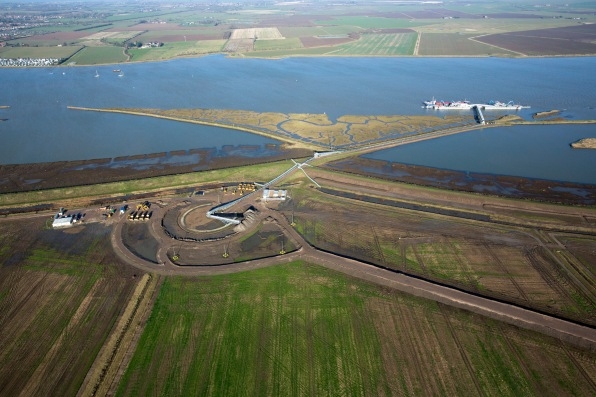
Now Wallasea is a peaceful reserve with more than 9 miles of walking trails. And when the novelty of the Elizabeth Line wears off, frazzled London commuters can take the weekend and go see the island that their tax pounds helped build.
(49)